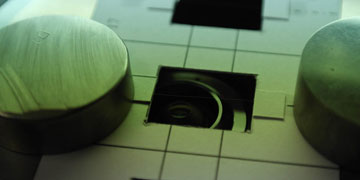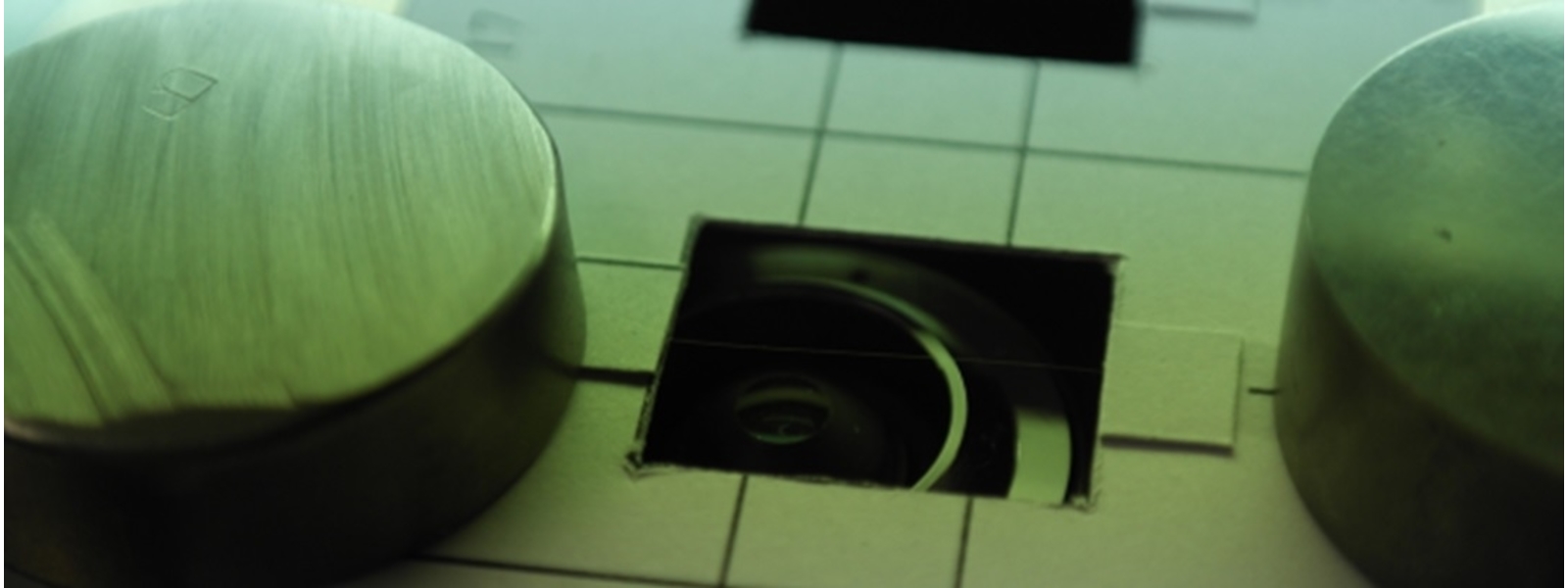
Advanced Composites GroupMicroscopy
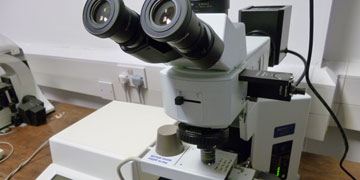
Hot stage microscopy
Microscope
Our Olympus BX51 can examine the sample morphology under reflected and transmitted light in brightfield from magnification of 100 to 500 times. The system can be used to observe the morphologies and measure the diameter of fibrous materials such as glass, carbon and natural fibres. The system also contains a polariser and analyser which makes it possible to monitor crystallisation of polymers. The microscope can be extended for darkfield observation using the darkfield illuminator installed in the system; in this case the maxium magnification available is 1000 times.
Hot stage
The hot stage (Mettler Toledo FP82HT) is a user friendly and precise thermal measuring cell for visual sample inspection. The stage is equipped with a heating controller and a temperature range from room temperature to 375 °C is available. The accuracy of temperature control is between ± 0.4°C to ± 0.8°C depending on the target temperature. In combination with the temperature controlled hot stage and the polarised microscope, this equipment greatly extends our ability for high quality observation of fibre and polymer microstructure.
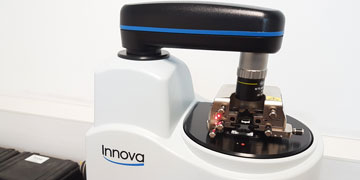
Atomic Force Microscopy
The ACG has developed capabilities for imaging the surface topography of single fibres, using our Bruker Innova instrument. Imaging of single fibres presents additional challenges due to curvature and micro-scale dimensions but a robust solution for fixing fibres and imaging them in Tapping mode using low-force probe has been established. The images below show an example surface topography of a glass fibre that was treated using alkaline solution.
The Bruker Innova instrument can also be operated in contact mode and, with suitable probes, nano-indentation and the production of force-curves is possible using this mode. Further information about the capabilities of the Innova AFM can be downloaded here: AFM Innova brochure
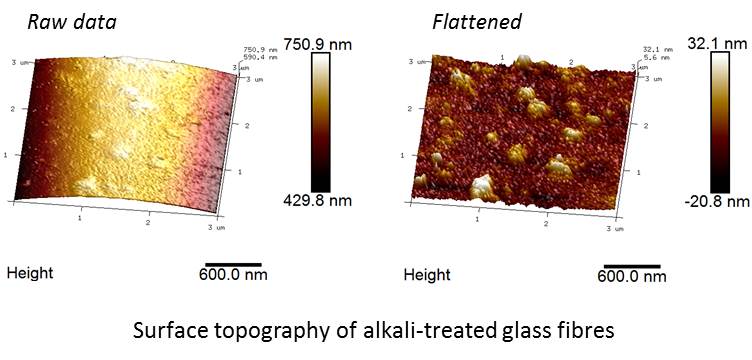
Our capabilities can help further your research interests
Our research
Discover our areas of expertise in composites research - from the nano to the macro scale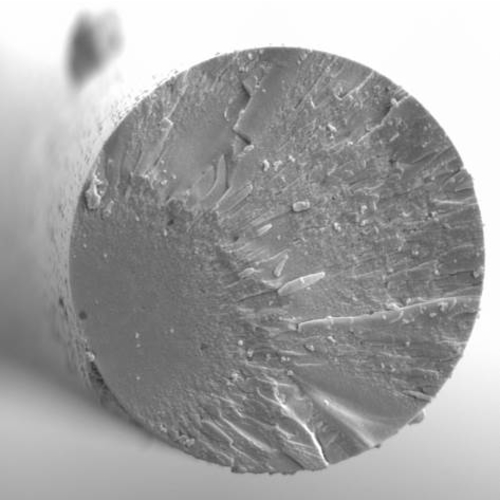
No. 1 most downloaded original paper from Composites Part A
